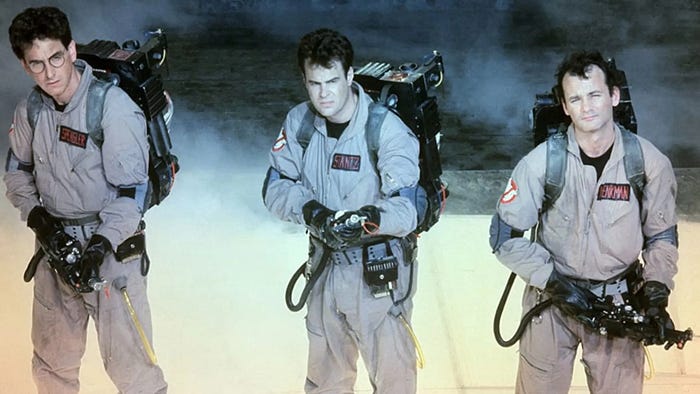Unlocking Hollywood's Secrets to Crafting Memorable Stories
Written on
Chapter 1: Understanding High Concept Stories
Hollywood often refers to "High Concept" as the gold standard for storytelling. These narratives are akin to catchy pop songs that get stuck in your head after just one listen. Some well-known examples include:
- A trio of disgraced scientists, expelled from their university, venture into ghost-hunting.
- A menacing shark terrorizes New England's waters, prompting three experts to take on the challenge.
- An astronaut accidentally left behind on Mars must find a way to survive while awaiting rescue.
- A teenager from 1985 travels back to 1955 to ensure his parents meet and fall in love, or risk his own existence.
These films became blockbusters, leaving a lasting impression on audiences. However, the principles of High Concept storytelling extend beyond cinema; they can be applied across various creative domains.
Let's explore how you can develop your own High Concept ideas.
The Ups and Downs of Generating Ideas
Coming up with High Concept ideas can be quite challenging. There's a method that works well and another that typically fails.
The Right Approach: Allow creativity to flow naturally. When you stumble upon a compelling concept, you'll feel a surge of excitement and a desire to share it, but also a fear of someone stealing your idea.
The Wrong Approach: Trying to force ideas by awkwardly combining unrelated concepts. An insincere High Concept is easily detected.
You'll know you're on the right path when your ideas feel intuitive and organic, similar to the examples provided.
While generating these ideas is tough, it’s not impossible. Here are three strategies to ignite your creativity:
- Stay Open-Minded: Consume a wide array of media—films, books, nature documentaries—and soak up inspiration.
- Embrace Playfulness: Continually ask "What if?" and let your imagination roam free.
- Allow Boredom: Sometimes, letting your mind wander can help your subconscious take the lead. This is why people often have their best ideas in the shower or during a casual walk.
Don't worry if inspiration doesn't strike during conventional working hours. Your mind is still at work during mundane tasks like driving or shopping. Your subconscious is your most dedicated employee, often leading you to those "aha!" moments. Always keep a notebook or a voice recorder handy to capture these fleeting insights.
For instance, I conceptualized two High Concept ideas:
- What if the figures from Greek mythology were real and coexisted in modern-day Los Angeles? This led to a series of five novels under the tagline, "Ancient myth meets contemporary challenges."
- Imagine aliens escaping from Area 51 in 1962, aiming to destroy Las Vegas, only to be thwarted by the legendary Rat Pack. This evolved into a novella and a film script that gained some traction.
While these might not rival classics like "Ghostbusters" or "Back to the Future," they originated from my subconscious.
In essence, if I can conceive these ideas, so can you!

Where Creativity Flourishes
Writers often face the question, "Where do your ideas come from?" as if the creative process is shrouded in mystery. I believe that much of this so-called magic stems from your subconscious mind. By nurturing and being receptive to it, you can generate captivating High Concept ideas that resonate with others.
Here's what I hope you'll take away from this discussion:
- High Concept ideas are those that resonate deeply and remain in people's thoughts.
- Although generating these ideas can be challenging, it is achievable.
- The key to cultivating High Concept ideas lies in feeding your subconscious through cultural engagement.
- Finding moments of boredom can enhance your creative flow—if you’ve nurtured your subconscious, it will readily offer inspiration. Just remember to document your thoughts.
To delve deeper into storytelling techniques, don’t forget to check out my previous articles.
Discover the secrets of crafting engaging stories straight from Hollywood.
Learn how to leverage Hollywood's storytelling techniques for maximum audience engagement.